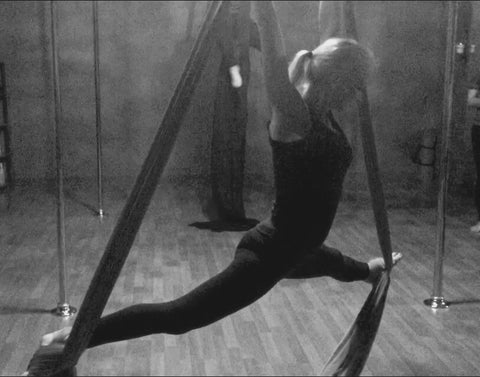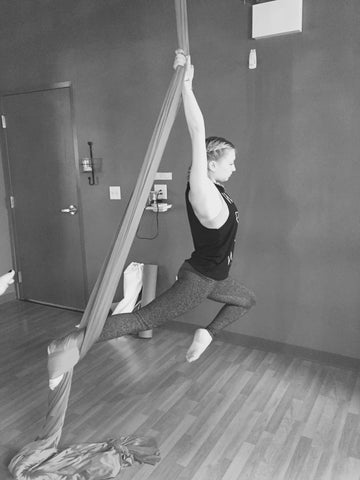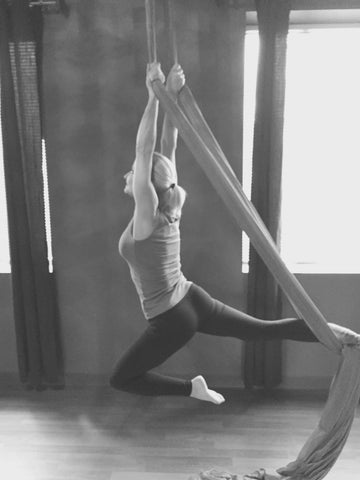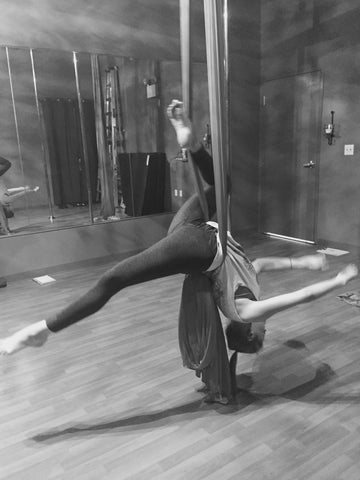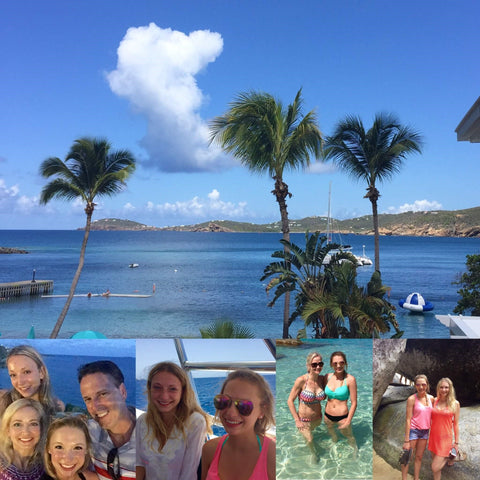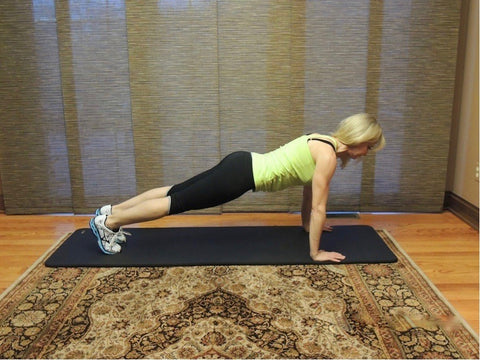Should you BOSU?
by Angie Miller
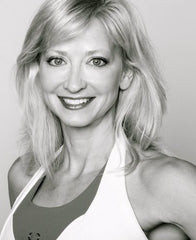
Check out this BOSU Blast Total Body Workout
When you train with a BOSU, that blue dome that looks like half of a stability ball mounted onto a round base, you provide your body and mind with a unique, challenging training experience that is not only fun, it pays off in dividends. When you stand on top of the blue dome, every muscle in your body is called to attention and you’re instantly aware of your posture and alignment- good or bad. In turn, your body is forced to respond, making smart, intuitive adjustments by straightening, strengthening, and coordinating your movements so that you can maintain your center of gravity, aka not fall off. Why is this so amazing? Because the instability that the BOSU creates forces your body to create stability, and that means that no matter what exercise you’re doing, you’re working on stabilizing and strengthening your center of gravity, which is your core musculature. BOSU is smart training. You’re literally fighting for balance, and for once fighting is a good thing because it means your body is on high alert.
To give you a glimpse into some exercises you can do on a BOSU, here’s a short video that I recorded right in my kitchen to show you that not only is BOSU amazing, it doesn’t take up much space. Anywhere you can set the BOSU down and have enough space for your body to extend horizontally and vertically from head to toe, you’re good to go.
These six exercises include: knee to chest with rotation, knees to floor with downward dog, push-ups, rear leg lifts, squats, and lunges. All of them require strength, balance, coordination, and core strength and stability. I recommend that you watch the video to see how I perform the exercises, then try a set of 8 repetitions per exercise. Once you feel good about your posture and alignment, you can add four repetitions and do 12 of each exercise, then 16. After that, add more sets. Try to work your way up to 2-3 sets of 16 repetitions per exercise.
Two Minute Total Body BOSU Blast Exercises:
- Knee to Chest with Rotation- (Muscles Worked: This is a core exercise, but your entire body is assisting and working hard to keep your stable.)
Exercise Tips: Keep your chest open, head in line with your spine, and shoulder blades retracted. Engage your abdominals and brace through your center. Keep your glutes tight and try to avoid rounding through the shoulders.
Exercise Tip: Exhale as you bring your knee to your chest, inhale as you extend the leg back. Exhale as you rotate your knee to your opposite elbow. Inhale as you extend your leg back.
- Knee Tap to Downward Dog- (Muscles Worked: This too is a core exercise, and the Downward Dog adds more back muscle recruitment. Again, your entire body, as with all BOSU exercises is assisting to keep you stable).
Exercise Tips: I included this exercise to show you a safe, effective alternative to traditional crunches as a way to work the abdominal muscles. By adding the downward dog, not only do you get the opportunity to recruit your back muscles, you alternate between working the front of your body and the back of your body. This is important to keep your body strong and stable on both sides. The knee tap to the floor works your abdominal muscles without all the other compensations that are made in traditional core exercises, such as pulling on the head. After four to eight taps, extend into downward dog, readjust, and go back to four more taps.
- Push-ups- (Muscles Worked: Core, chest, and arms).
Exercise Tips: You may want to modify by coming onto your knees for the push-ups. Remember that less is more in terms of exercises where compensations that could cause injury are common. Come down as far as you can to the BOSU, inhaling on your way down, and exhale on your way up.
Exercise Tips: Be sure to keep your center strong, glutes tight, head in line with your spine, and torso long and extended. Avoid head butting during a push-up. Keep your chest open.
- Rear Leg Lifts- (Muscles Worked: Glutes and hamstrings).
Exercise Tips: Using all the cues given above, be sure to also keep your hips level. Avoid tilting your hips or moving them in any way throughout the exercise. Stabilize the hips and the center of the body.
- Squats- (Muscles Worked: legs and glutes).
Exercise Tips: Stay long through your torso. Come down as far as you can without hinging at your hips (leaning forward), or allowing your lower back to sway. Keep your center strong and remember that again, less is more. Less range of motion means less likelihood for injury and unsafe movement. Inhale on the way down. Exhale on the way up.
- Lunges- (Muscles Worked: legs and glutes). Same cues as above for squats. Be sure to avoid going down further than 90 degrees. Weight equally between the heel on the BOSU and the front of the foot on the floor. This is a tough one!
Enjoy your BOSU workout and have a fit, healthy week!
- Angie
Angie Miller, M.S., is a fitness educator, university instructor, and Licensed Professional Counselor who blends her skills and expertise to empower individuals, mentally and physically, and provide them the tools they need to succeed. A veteran group exercise instructor and personal trainer, Angie is the star of acclaimed exercise DVD’s, including the Bedroom Body™ workout. Her passion for progressive education brought her to Northern Illinois University, where she teaches in the Dept. of Kinesiology & Physical Education. Outside of the university, she presents at fitness conventions worldwide and leads industry trainings as an AFAA Certification Specialist and Kettlebell Concepts Master Instructor. Angie writes for fitness journals and digital communities, and blogs for Collage Video. Connect with Angie at: http://www.angiemillerfitness.com




